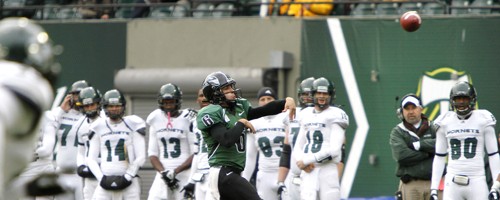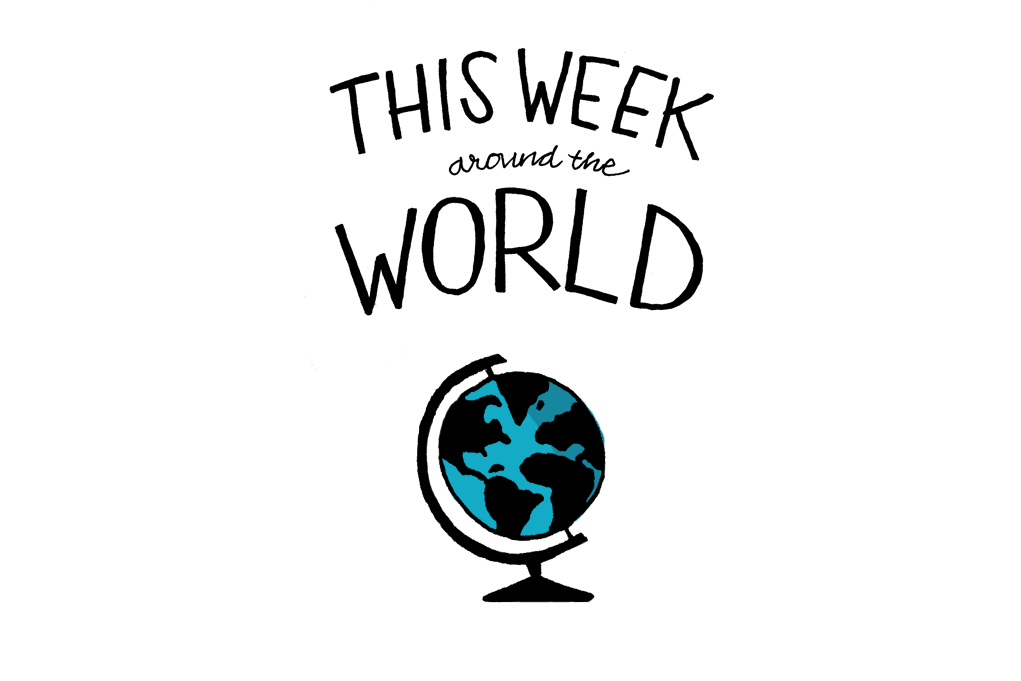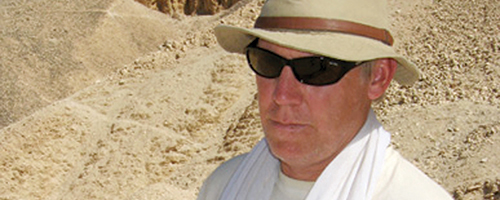There are over 75 team names used in North American professional, college and high school competitive sports that draw from references to indigenous peoples.
Playing “Indian” for too long
There are over 75 team names used in North American professional, college and high school competitive sports that draw from references to indigenous peoples. Currently, two Oregon high school teams don the name “Indians”: Scappoose High School and Molalla High School. Despite a poll from CBS that indicates 78 percent of Americans wish to see names such as the Washington Redskins and Cleveland Indians stay the same, this begs the question: Who the heck cares what the American population wants?
The use of American Indians in the names and mascots of American teams has resulted in some of the worst examples of public racism that can be seen in our modern society. Although more controversial today than in the past, it is not uncommon to go to a game such as the Washington Redskins and hear the opposing team yell something to the tune of “kill the Indians.” In 2007, “The Illinois Fighting Illini” ceased their use of Chief Illiniwek after much debate and divide over the racist mascot. Various clothing and makeup worn by fans with traditional headdress and face paint seem no different to me than the blackface of years past.
When told that what they are doing is racist, spokespeople for the teams as well as fans run to their defense, claiming that mimicking American Indians is a form of endearment. With names like the Warriors and the Braves, it is easy to see how people perceive this as being positive, but it only takes a glimpse at their behavior to see that it is far from favorable, or even culturally accurate.
Dr. Cornel Pewewardy, director and professor of Native American Studies at Portland State, remembers his high school days in southwestern Oklahoma, where he played football for a team with an American Indian name. Seeing the visiting coach mock his teammates by covering his mouth and chanting, “woo woo woo,” he began to see the effects of Hollywood stereotyping of American Indians.
Later, as the principal of a school, Pewewardy witnessed adult men mock native children. “[They would be] emulating the ‘tomahawk chop’ while teachers walked elementary classroom children through tailgate parties during professional football games,” Pewewardy said.
Most curious to me is the fact that in a poll published by Sports Illustrated, conducted by the independent Peter Harris Research Group, American Indian fans indicated that they did not care about the issue. I tend to believe that if another racial group were to be depicted in the way that American Indians are in sports, they wouldn’t be so quick to let it slide.
People who are quick to point out the divide between American Indian sports fans and American Indian activists tend to cite the cause as being the result of the nature of the activist. To them, it is merely that social ills enrage only some of the population. Therefore, if it bugs you, but not everyone else, you’re wrong.
This is a terrible argument and signifies the way in which some indigenous people have internalized the racism toward them, to the point of experiencing it as normal. Maybe they don’t know or don’t personally experience the way racism still impacts the current socioeconomic situation. On the other side of the coin, those who stereotype may not be conscious of their own race-based perceptions. Pewewardy calls this phenomenon “dysconscious racism.”
This is why it is important to have this debate and bring the issue to light. Even if the team mascots and team names don’t personally offend you, it doesn’t mean that they are not racist and shouldn’t change.
“[This] is where the Indian Psychologists of America came into the picture,” Pewewardy said of how stereotyping affects American Indian children. “They were one of the first professional organizations to recommend the total elimination of Indian mascots and nicknames from schools.”
Those who combat the end of the use of Indian American names and mascots have many arguments for the continuation of this Dark Age phenomenon. For one, they are resistant to change. Why they are so resistant to change is something that needs to be taken in the context of history.
White Americans have always been the benefactors of the theft of indigenous land, resources, traditions and names. The industry that manufactures paraphernalia for American teams is headed by only a few companies. Fearing a reduction in their profit margins more than anything else, they will continually use the low statistics of those Americans who don’t want to see the names change to justify complacency.
Ultimately, however, the time has come to begin reparations for all that white America has stolen from native people over the years. Maybe some don’t believe that we are responsible for the past of our ancestors or other people’s ancestors. This is short-sighted, because what we believe about the rights of indigenous people has an impact on how we behave today, and the sports industry illustrates this through many of its actions. From the use of team names and mascots to the displacement of people for the sake of the Olympics in Vancouver B.C., and now Brazil, sports business exerts its power over the rights of native peoples—even internationally.
To some, the discussion over American Indian mascots and team names begs us to reflect upon other team names that refer to races and ethnicities. Team names like Notre Dame’s Fighting Irish, and even our home team the Vikings, may offend our Irish and Norwegian populations as well. It is up to these groups to determine how they want to be depicted in society. I would support a movement to end all ethnic-related names and mascots, but unless they come up with something like the “Long Island Pizza Tossers,” I will likely stay in the sidelines for that debate.
In the meantime, American Indian efforts to put racist team names and mascots in the chronicles of our dark history where they belong deserves our respect and support. ?





